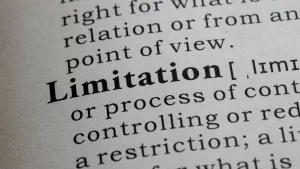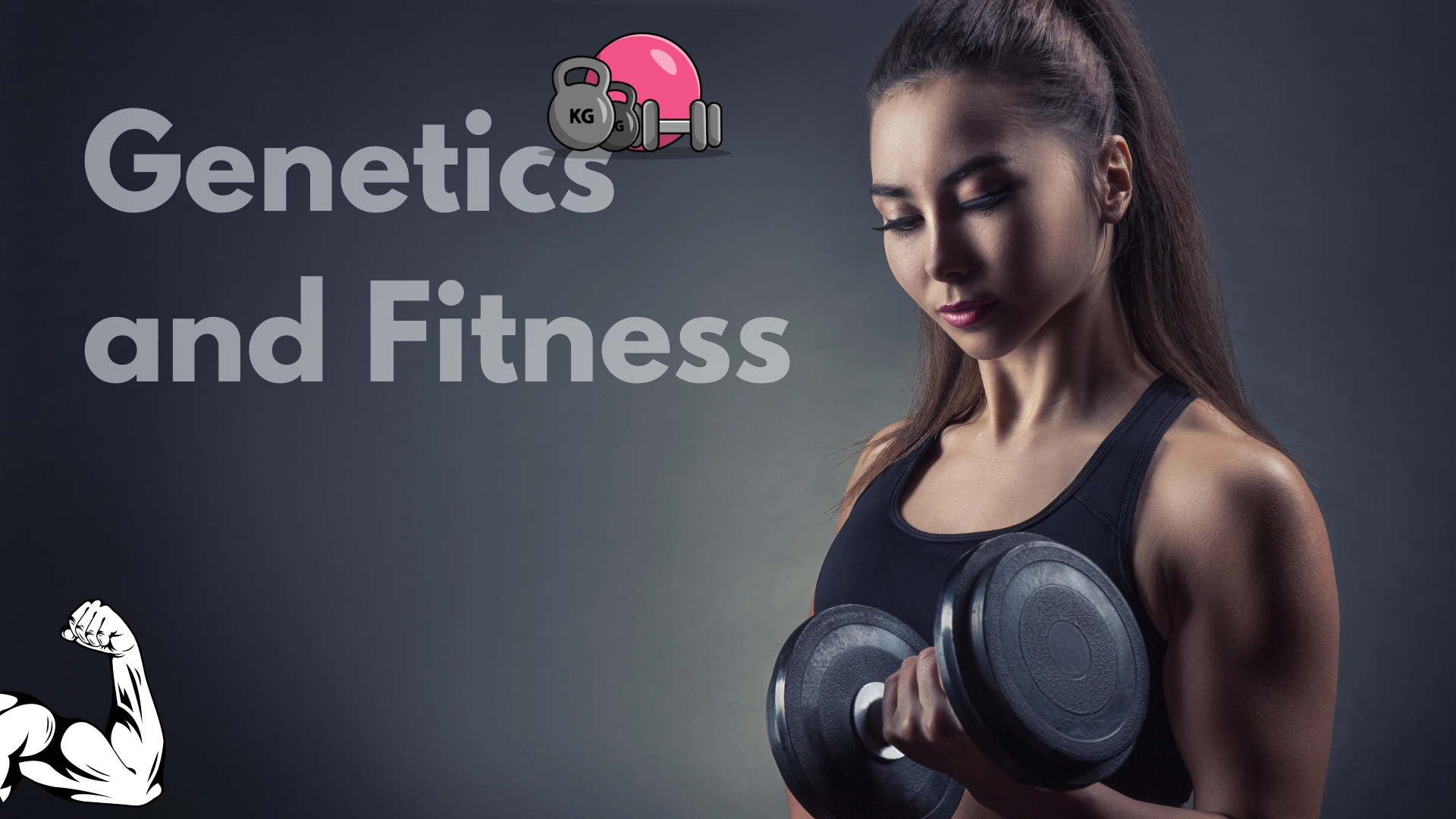Genetics and Fitness: 5 Ways to Optimize Your Workouts for Your Body Type
Understanding Genetic Influence on Fitness
Genetics play a significant role in various aspects of fitness, including:
- Body composition
- Muscle fiber type
- Response to different types of exercise
- Metabolism
- Recovery rate
Identifying Your Body Type

Traditionally, body types are categorized into three main somatotypes:
- Ectomorph: Typically lean and long, with difficulty building muscle
- Mesomorph: Naturally muscular and athletic, responding quickly to exercise
- Endomorph: Larger bone structure with higher body fat percentage
Genetics and Muscle Building
- Muscle fiber type composition
- Testosterone levels
- Insulin-like growth factor (IGF-1) production
Genetics and Fat Loss
- Basal metabolic rate
- Fat storage patterns
- Appetite regulation
Working with Your Genetic Potential
For Ectomorphs:
- Focus on compound exercises to stimulate muscle growth
- Increase caloric intake with nutrient-dense foods
- Prioritize strength training over cardio
For Mesomorphs:
- Balance strength training and cardio for overall fitness
- Monitor caloric intake to maintain desired body composition
- Experiment with various training styles to prevent plateaus
For Endomorphs:
- Incorporate regular cardio for fat loss
- Focus on strength training to boost metabolism
- Pay close attention to nutrition and portion control
Overcoming Genetic Limitations

While genetics set a baseline, they don’t determine your fitness destiny. Here’s how to overcome perceived genetic limitations:
- Set realistic goals: Understand your body type and set achievable targets
- Consistency is key: Regular exercise and proper nutrition yield results regardless of genetics
- Focus on progress, not perfection: Celebrate improvements, no matter how small
- Experiment with different approaches: Find what works best for your body
- Consider professional guidance: A personal trainer or nutritionist can help optimize your approach
The Role of Epigenetics
Conclusion
Understanding the role of genetics in fitness empowers you to work with your body, not against it. At GrowFit, we believe that everyone can achieve their fitness goals by adopting a personalized approach that considers their genetic predispositions.
Remember, genetics may influence your starting point, but your dedication, consistency, and smart training will ultimately determine your fitness success. Embrace your unique genetic makeup and use it as a guide to create a fitness plan that works best for you.
Ready to discover how to optimize your fitness based on your body type? Contact GrowFit today for a personalized fitness assessment and let us help you unlock your genetic potential!
FAQ’s
1. How much do genes influence fitness outcomes?
2. What are alleles and how do they affect fitness?
3. Can genetic testing help improve fitness routines?
4. How many genes were identified as being responsible for fitness outcomes?
5. Does this mean that some people are genetically predisposed to be more fit?
6. Can understanding genetic influences on fitness benefit everyone?
7. If genetics play such a large role, does this mean exercise is less important for some people?
8. How was this study conducted?
Also Check out our detailed articles on:
- What’s the Best Gym Management Software in India, and Why?
- Who Are The Audience of GrowFit
- How GrowFit is Different from Others
For more information on specific topics covered in this guide, check out these blogs:

